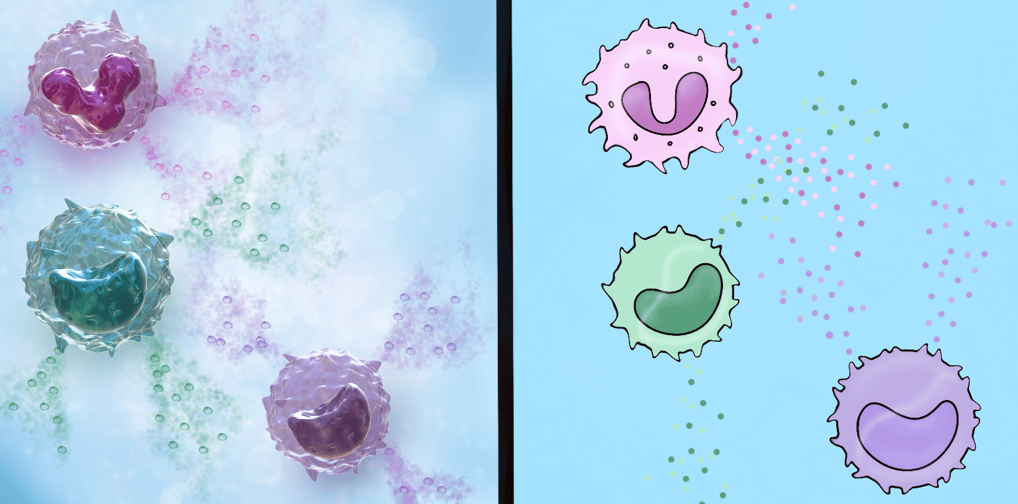Deciphering Dimensions: Choosing the Perfect Illustration Style for Your Scientific Vision
Confused about whether to opt for 3D or Vectorial scientific illustrations for your project? Dive into our latest blog post to unravel the distinctions between these two formats. Gain valuable insights on how to select the ideal illustration style that aligns with your project's specific requirements, amplifying the impact of your scientific vision with the perfect visual storytelling tool.
Lara Montolio
11/10/20232 min read


Navigating the Visual Realm: Understanding the Nuances Between 3D and Vectorial Scientific Illustrations
Greetings, fellow science enthusiasts and art aficionados! Today, we delve into the fascinating world of scientific illustration, exploring the key differences between 3D and Vectorial illustrations. As a guide to aid you in making informed decisions for your projects, let's uncover the unique strengths of each format and how to determine the ideal choice for your specific needs.
Decoding the Dimensions: 3D Scientific Illustrations
The realm of 3D scientific illustrations offers a lifelike representation of molecular structures and intricate scientific concepts. With the ability to provide a comprehensive and immersive visual experience, 3D illustrations allow for a detailed exploration of objects from multiple angles, making them ideal for presentations, animations, and interactive experiences that demand a tangible and dynamic portrayal of scientific data.
Unveiling the Precision: Vectorial Illustrations
On the other hand, Vectorial illustrations offer a streamlined, scalable format that is perfect for creating precise diagrams, schematics, and infographics. With their adaptability across various platforms and their ability to maintain clarity even when resized, Vectorial illustrations are well-suited for print materials, technical drawings, and applications where precise representations and scalability are paramount.
Choosing the Ideal Format: Tailoring Illustrations to Your Purpose
When determining the ideal format for your project, consider the specific requirements and objectives you aim to achieve. If your goal is to create interactive visualizations, animations, or immersive experiences that allow for in-depth exploration, 3D illustrations could be the optimal choice. Conversely, if your focus is on producing precise and scalable visual materials for print or digital platforms, Vectorial illustrations would better serve your needs.
Partnering Creativity With Purpose: Unlocking the Power of Visual Communication
At the intersection of science and art, the choice between 3D and Vectorial illustrations plays a vital role in effectively communicating complex scientific concepts. By aligning your project objectives with the unique strengths of each format, you can harness the power of visual storytelling to amplify the impact of your scientific endeavors and captivate your audience with a rich and engaging visual narrative.
Join us on this illuminating journey, and stay tuned for more exciting insights in our upcoming posts. See you next time!
